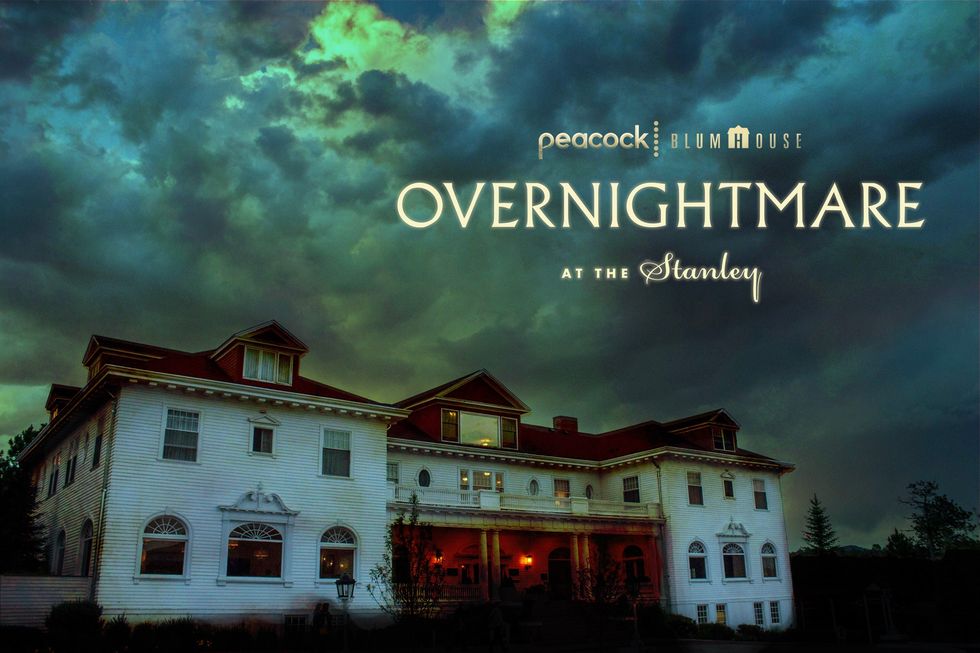Squint/Opera, the creative studio,has been reflecting on a recent project with London's Imperial War Museum (IWM). Working in partnership with the exhibition curator, James Bulgin, a team of experts from the IWM, and the exhibition designer,Casson Mann, the team took a fresh approach to the story of the Holocaust.
Throughout the process, Squint/Opera created a vast array of media content for IWM's new Holocaust Galleries, which consists of 11 distinct galleries and includes films, motion graphics, video installations, and digital exhibits. The firm rethought its approach to digital media design in close collaboration with curators and specialists to bring a new perspective to this sensitive topic.
"For many people today, the Holocaust doesn’t feel relevant; it’s alien to the world they know – simply an episode of history from the distant past," says Vadim Charles, project director at Squint/Opera.
"It has never been easy to tell this story, one where human beings inflicted terrible suffering and destruction on each other. In many cases, much of the evidence has been destroyed. The surviving images and testimonies are often graphic and upsetting; for those who have never lived through such darkness, it can all feel surreal, even incomprehensible. And yet, keeping these stories alive is the only way to learn from them."
A new approach
Many Holocaust museums present it as a planned, systematic event. In retrospect, events look predictable and driven by organised forces. But, for individuals who lived through the Holocaust, the events were chaotic and messy. This top-down perspective doesn't help museum visitors grasp what it was like to live through this tragedy. It's hard to understand why no one saw it coming or sought to stop it sooner or how it could happen now.
"To capture that sense of chaos, we deliberately cultivated a sense of discomfort in our visual style; we didn’t think a modern and polished treatment, which is so prevalent in much of our other museum work, was suitable," says Charles. "We wanted something that reflected the rawness and disorder of the human experience; it needed to be rough and fragmented, just like memories of these events."
Based on clacking typewriters and jumpy early cinema, the team designed a glitchy, disconnected graphical style. This method strips visitors of an objective, top-down view of events. Instead, it encourages them to focus on Holocaust subjective experiences. It helps them visualise how this could—and did—happen.
"Our role was also to question elements of the briefs, which we sometimes thought were unnecessary or distracting," adds Charles. "For instance, some of the content we had to exhibit is the worst imaginable, explicit depictions of violence, nudity, or deceased individuals; whilst being upsetting, these materials are also vital to the public’s understanding of events.
"Nevertheless, we needed to consider how such sensitive materials should be presented, in an exhibit meant to engage people aged 14 and above. Ultimately, We believed in presenting assets in their most authentic form."
The team could then consider presentation details that would affect how people interacted with those assets, such as how large they are on the screen or projection, where they're placed, and whether to display an image or video in its original state or incorporate it into a visual. This way, visitors' emotions are moderated yet the past is uncensored.
Telling the Holocaust history requires explicit assets, but the context around the worst moments—what preceded or followed them—can create a larger emotional response. An implicit style of storytelling allows viewers to bridge the gaps and emotionally and intellectually interpret a story.
Conveying history and scale
As the Nazis retreated, much evidence was destroyed, and few images from the camps' operation remain. This makes describing those sites difficult. Creative use of the scant evidence was needed to convey this missing human factor. The team used a unique sequence of Auschwitz photos to reconstruct the horrific travels that prisoners faced.
"Rather than a broad overview or a magnified interrogation of one aspect of life in Belzec or Auschwitz, this narrative-focused approach aims to present a clear picture of events in order, as they occurred, from beginning to end, using what evidence remains to its full effect."
Many Holocaust exhibits show the camps through architectural fly-throughs. This computer rendering is clean and slick. It elevates the viewer to see the broad picture from all aspects, but that is not how prisoners nor guards experienced it.
Brief descriptions of the camps can help people to comprehend how crimes were committed. However, instead of generic fly-throughs of digital renderings, the firm used a ‘point cloud’ illustrative technique to depict the camps. This technique uses 3D arrays of dots to model objects and spaces, giving the visualisation a hazy, almost ghostly quality that mimics how we remember events.
"Over this stylised depiction, we added relevant photography and text to contextualise the architecture and highlight its significance in the story of the Holocaust," says Charles. "The result is an emotional experience rather than an intellectual one, which keeps the human element of the Holocaust continuously in focus."
The Holocaust occurred over the course of more than a decade and the team wanted visitors to comprehend this on both large and small scales.
Events not included in Holocaust films were highlighted in the galleries to show the violence's pervasiveness. Exhibitions about the Holocaust often centre on death camps. Few describe the account of the Einsatzgruppen mobile killing squads, which trailed the German army and killed Jews during the invasions. Squint/Opera used perpetrator testimony to show not only large armies but also human-scale violence in this segment of the exhibit.
Using data
Squint worked on creating two exhibits that turn data into visual narratives, helping visitors understand the sheer scope and complexity of numerous parties' roles in the Holocaust.
Squint and IMW created ‘The Deportation Map,’ an animated infographic map of Jewish communities and persecuted minorities deported during the Holocaust. This map depicts a three-year timelapse of hundreds of European rail journeys based on IMW and Holocaust museum records from Europe and the US.
"We individually mapped the journey of each train as accurately as possible, with a line thickness corresponding to the number of people deported," explains Charles. "This proved an effective means to humanise the overwhelming numbers involved in these journeys, helping audiences grasp the gravity of the events.
"This was the first time the IWM team had seen their data in such a visual form. We did the same for the ‘Slave Labour Map’, an exhibit which details the development of slave labour camps across Europe over five years from 1940-1945."
The ‘Complicity Map’ exhibit examines societal culpability in Holocaust events. This display emphasises artefacts over data. It highlights ads, posters, official papers, images, and other cultural items that show how railways, enterprises, and countries sometimes consciously or unknowingly committed crimes. Mapping things shows the numerous layers and complexities of culpability.
The exhibit reminds visitors that the Holocaust was profoundly ingrained in society. This display encourages visitors to consider the broader implications of societal collaboration in such horrible events.
Truth without sensationalism
After these galleries, other films feature moving Holocaust survivor interviews. This moving testimony, shot in the decades after the war, serves as a stark reminder of the harrowing reality survivors faced, emphasising individual, personal experiences amidst a broader historical context.
"This powerful design choice intentionally contrasts with the rest of the exhibit, giving survivors the last word, in their own terms," adds Charles.
The Galleries seek to show truth without sensationalism. The space, designed by Casson Mann, features well-lit, muted blue and green areas, which generates transparency, letting visitors focus on the displays. The overall effect is to show how these crimes against humanity occurred in the heart of ‘civilised’ Europe.
Casson Mann also showed raw, real materials rather than modernising and magnifying evidence. Death camp photos are presented at their original size, while concentration camp dioramas are absent. Holocaust sites were shot as they are now to show visitors that the Holocaust occurred in a world like ours.
"In the end, this re-imagined approach to immersive content and gallery design creates a thought-provoking and emotive environment that allows visitors to reflect on a difficult subject without being overwhelmed," says Charles. "It invites them to close the distance between past and present by seeing the story of the Holocaust not through the grand sweep of history but through the eyes of the real people who experienced it.
"In this way, the exhibit revitalises the memory of this atrocity and the lessons to be learned from it, which are as urgent and relevant as ever."
Charlotte Coates is blooloop's editor. She is from Brighton, UK and previously worked as a librarian. She has a strong interest in arts, culture and information and graduated from the University of Sussex with a degree in English Literature. Charlotte can usually be found either with her head in a book or planning her next travel adventure.


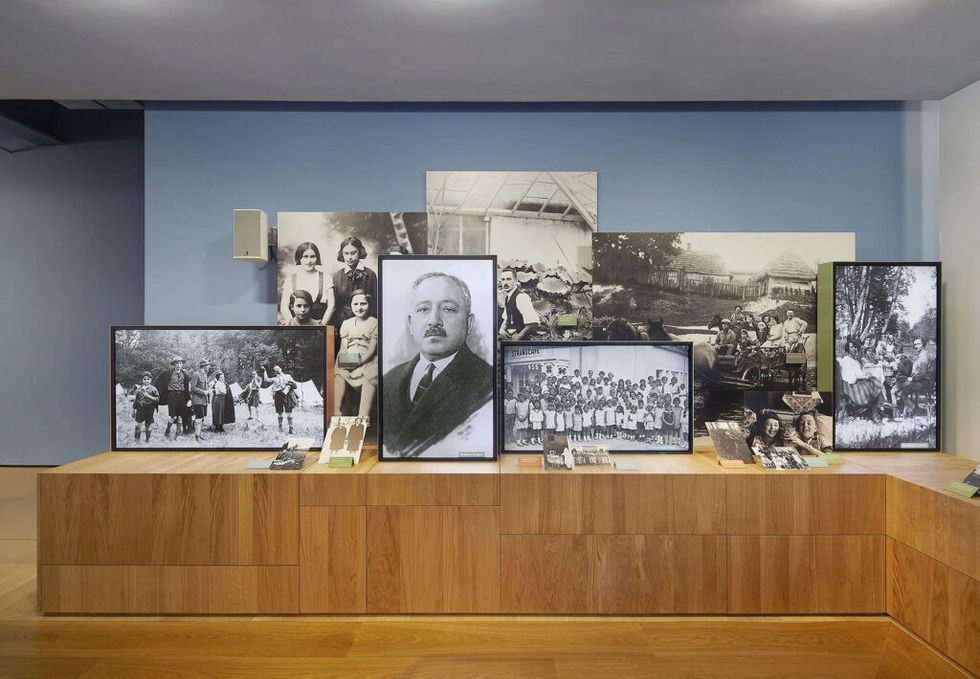
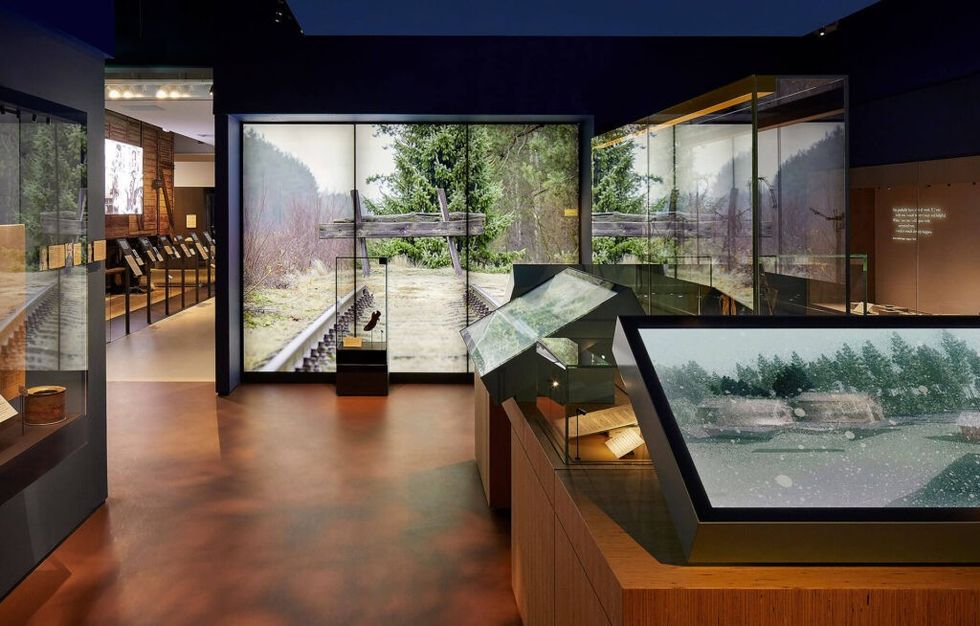
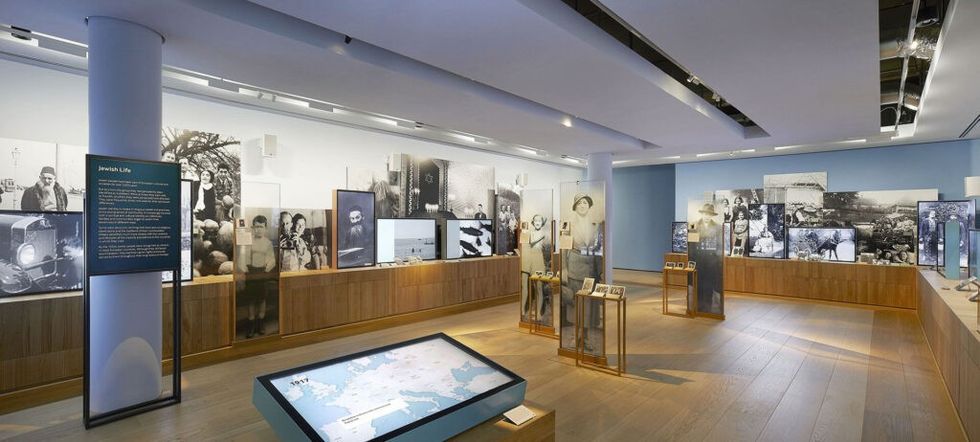
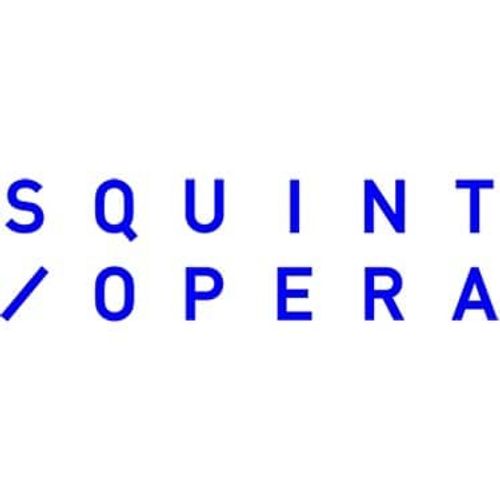





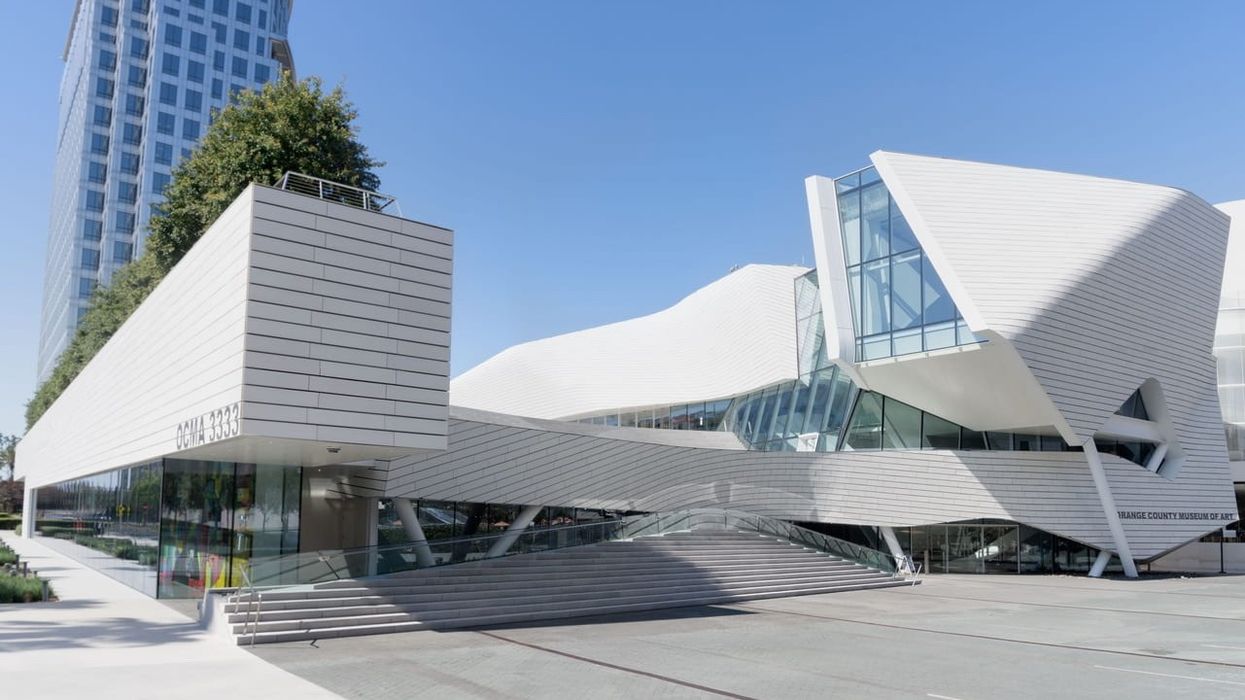








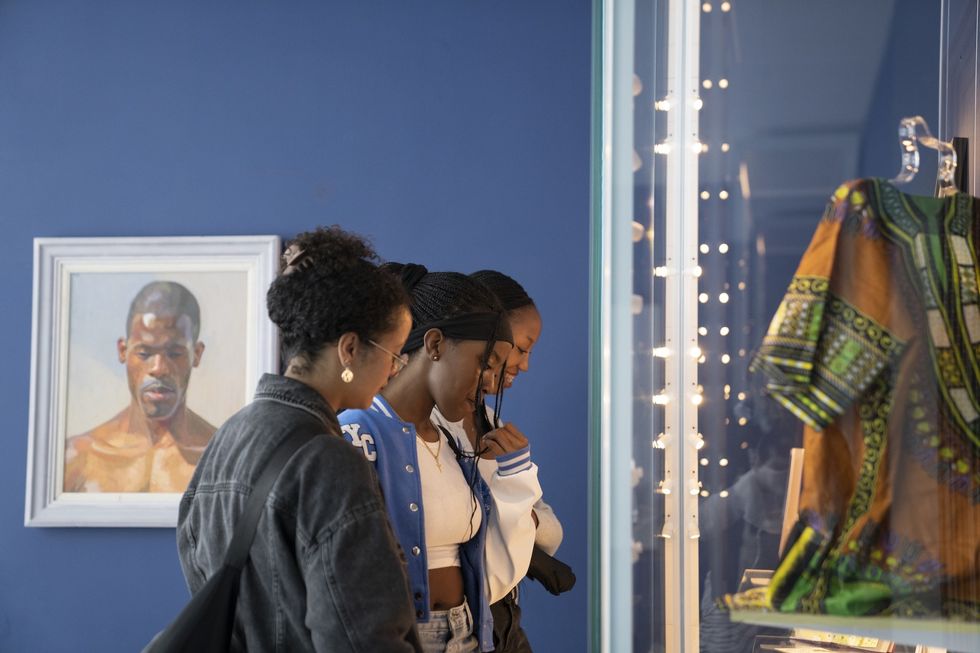
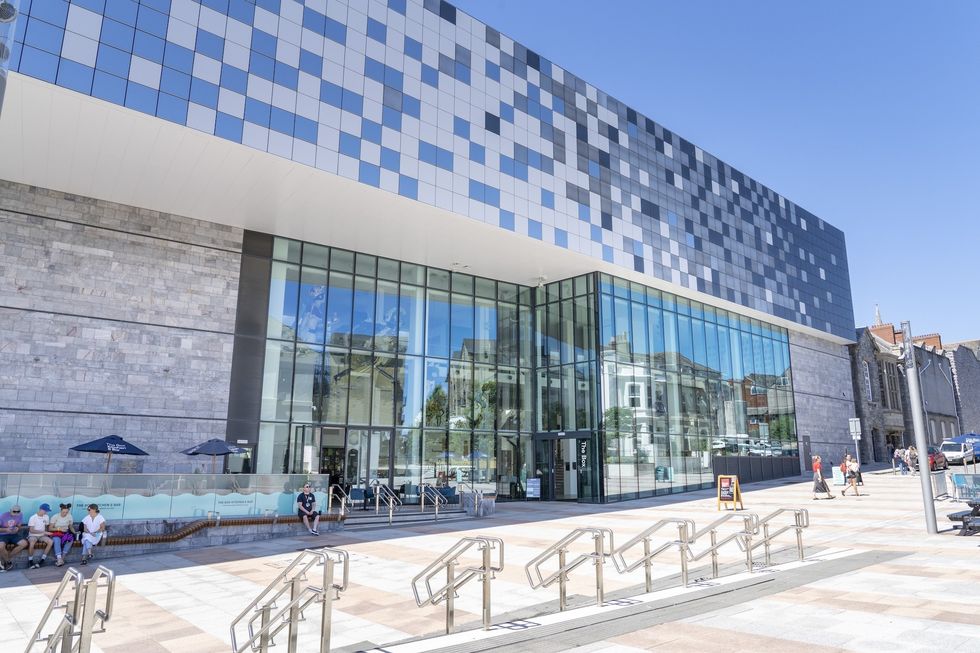

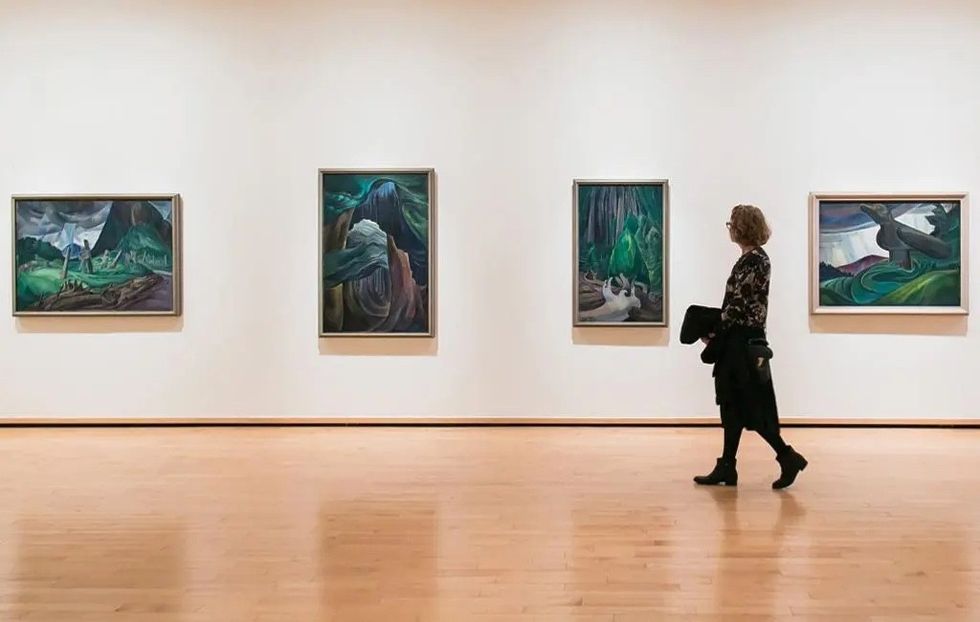
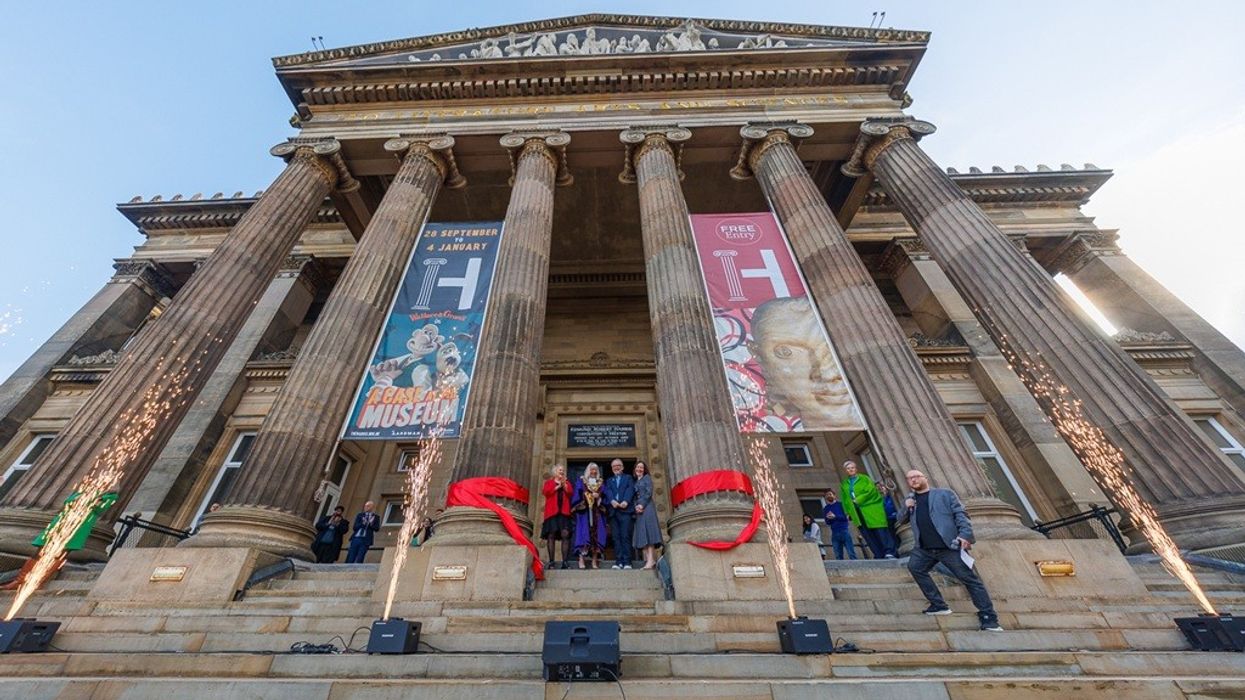
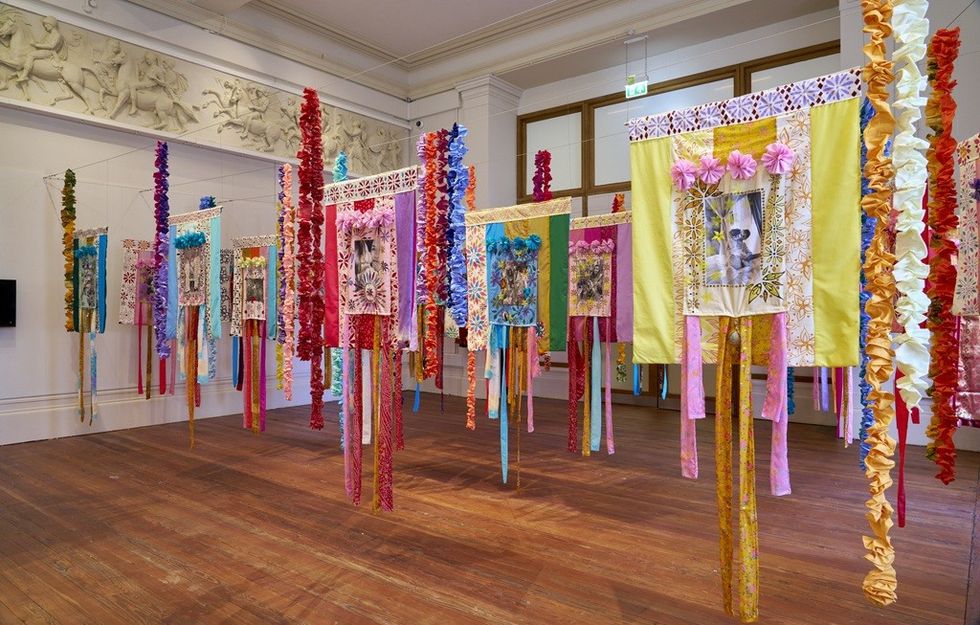 Courtesy Simon Critchley Photography
Courtesy Simon Critchley Photography Courtesy Michael Porter Photography
Courtesy Michael Porter Photography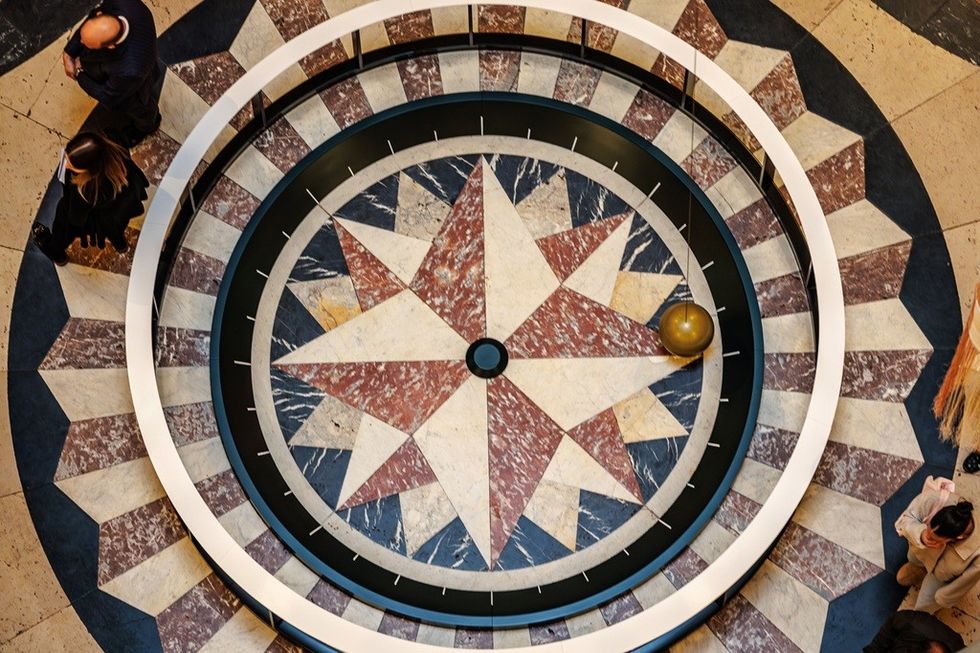 Courtesy Michael Porter Photography
Courtesy Michael Porter Photography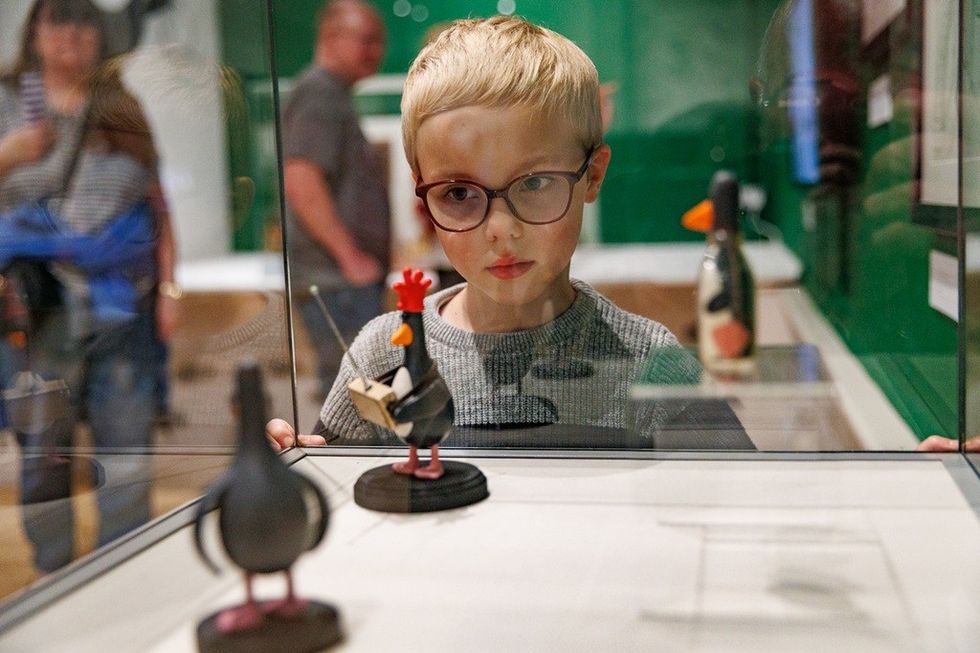 Courtesy Michael Porter Photography
Courtesy Michael Porter Photography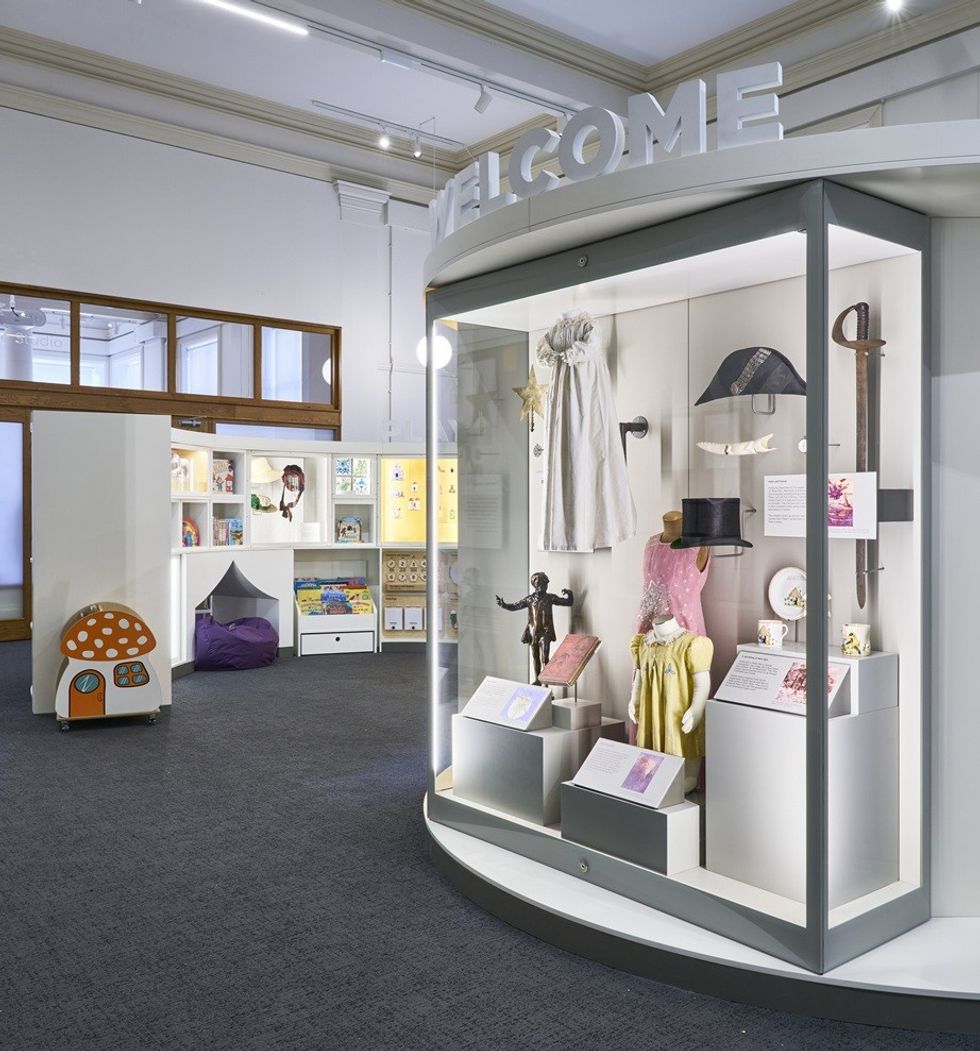 Courtesy Simon Critchley Photography
Courtesy Simon Critchley Photography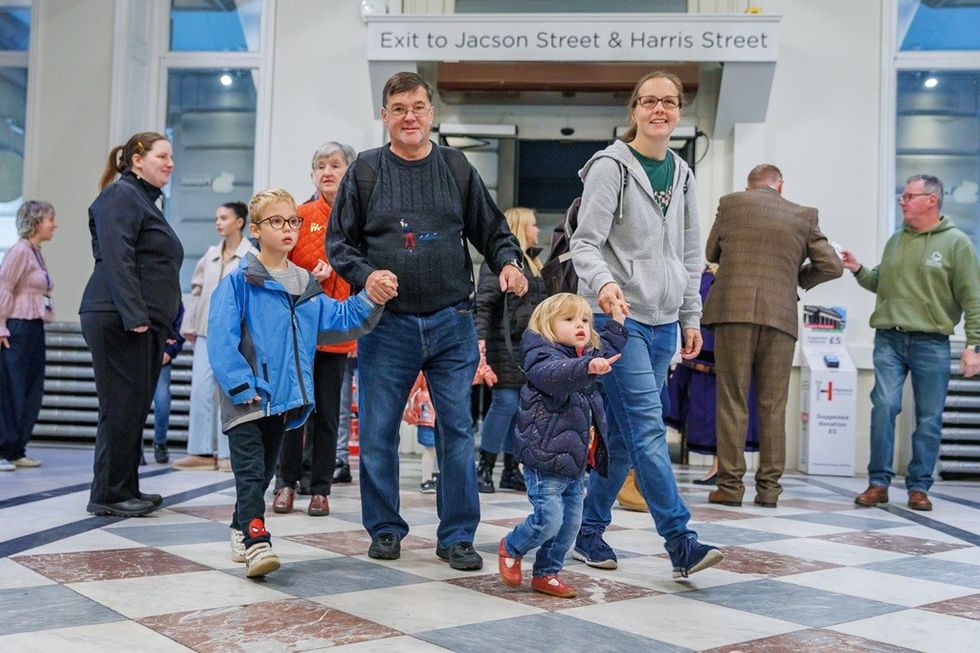 Courtesy Michael Porter Photography
Courtesy Michael Porter Photography

